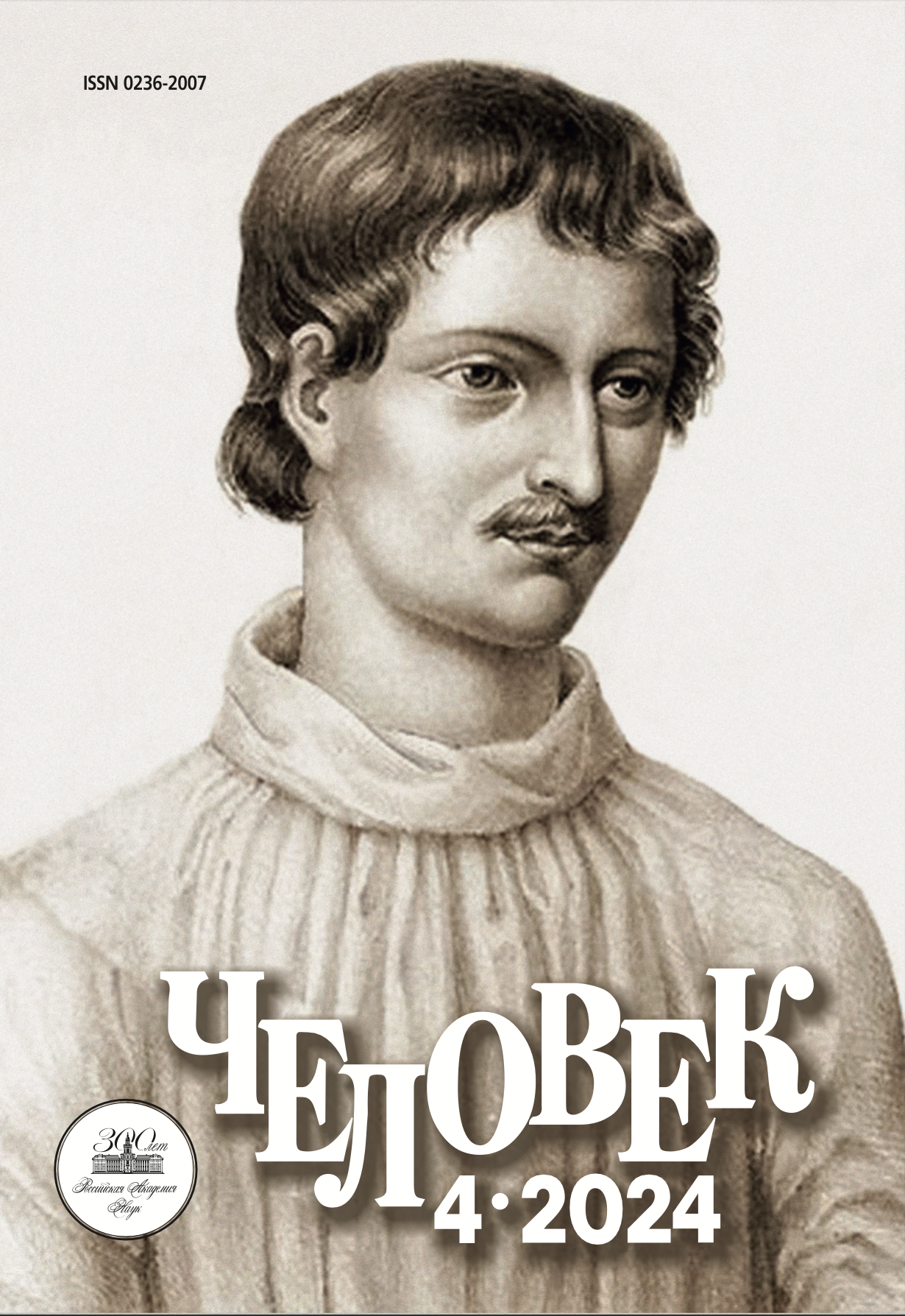Future Narratives in Contemporary Fiction and Film: Challenging the Multiplicity of Alternative Possible Worlds
DOI:
https://doi.org/10.31857/S0236200724040109Keywords:
future narratives, alternative possible worlds, virtuality, interactivity, digital culture, optional thinking, counterfactual thinking, postcinema, storyworldAbstract
In the 21st century narrative complexity is widespread in fiction and film, and some of these narratives can be understood within the framework of “future narratives”, as proposed by several researchers (K. Bode, F. Meifert-Menhard, S. Domsch, K. Singles). They differ from past narratives in that they problematize the fabula, the event, the concept of narration itself, and make the relationship between the actual and virtual worlds in the narrative more complex. They bet on the possibility of multiple alternative worlds, whose relations seem to be challenged and uncertain. The reader/viewer’s experience that such narratives aim to model is also specified: they problematize the image of the future narratively (not thematically), but also communicate this temporal experience to the viewer. The creation of this experience and its dynamic can be researched, among other methods, in the enactivist perspective applied by narratologists in the past decade. Future narratives produce a bodily effect that imitates non-mediation, thereby challenging the experiential dimension of the narrative. They also endow the viewer with the agency associated with the possibility/impossibility of making a choice within the narrative: interactive forms provide such a choice to the viewer directly, while non-interactive forms activate his optional and counterfactual thinking. Future narratives in fiction and film can be understood within a broader cultural context, as they are influenced by digital media. Future narratives are characterized by nonlinearity, discontinuity, and excessiveness, as well as paradoxical temporality. This results in an attempt to present a multi-faceted and uncertain future to the viewer, as well as the experience of not being able to fully realize various possibilities. At the same time, the narratives immerse the viewer in the ongoing and unfinished present, creating an experience that is both present and future-oriented.






